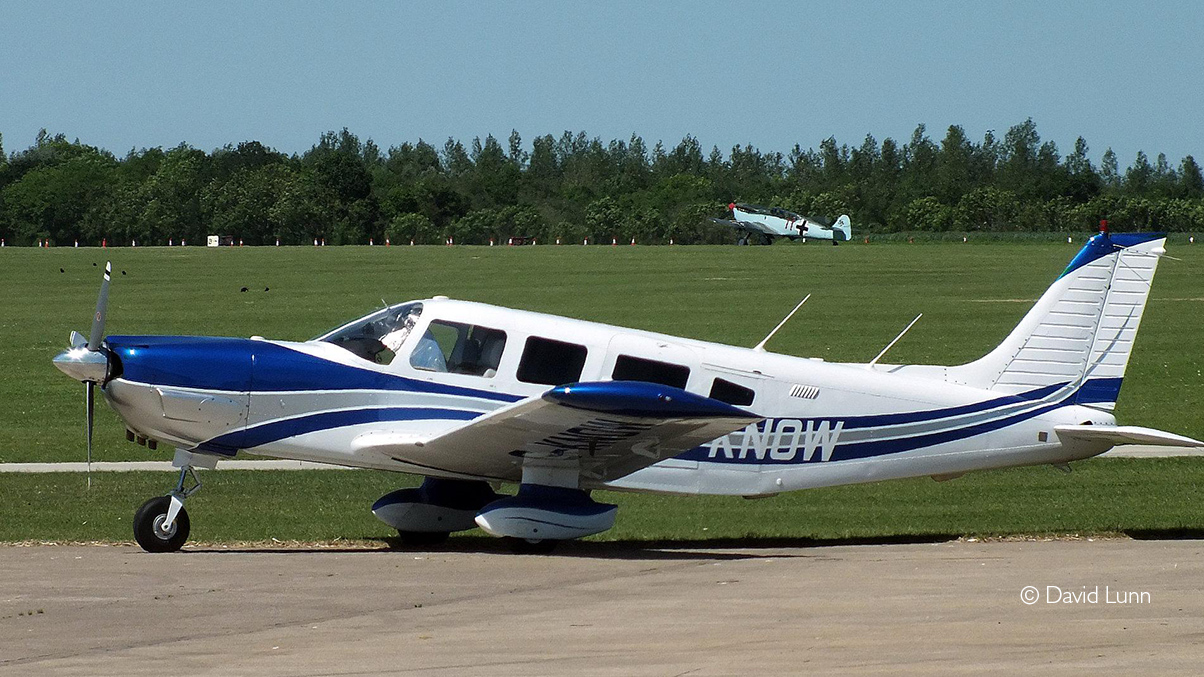Earlier this year, the Aircraft Accidents Investigation Branch (AAIB) published a report on a light aircraft accident in East Yorkshire. The pilot, who was relatively young, low on hours and inexperienced, did not report the accident. Neither did the owner from whom the pilot rented the aircraft. Instead, the AAIB was notified by a whistle-blower who reported the accident some time afterwards.
Sarah Stewart and Joe Corina examine the incident and the AAIB’s response.
Background
The pilot arrived at a short-grass strip with the intention of flying himself and a passenger in a Cessna 120 taildragger. The airfield owner advised him not to fly as the grass was long and wet, but in the event did so. On attempting to land, he overshot the runway and came to rest after meeting with a hedge. Fortunately, neither the pilot nor his passenger was injured. After the accident, the aircraft was pushed into the hangar and reported to the owner but not the AAIB.
After being alerted of the accident by a third party, the AAIB produced a report outlining the requirement to notify them of any accident but did not take any further action (AAIB Bulletin: 08/2022, AAIB-28204).
Duty to report
Under Regulation 20 of The Civil Aviation (Investigation of Air Accidents and Incidents) Regulations 2018 (“the 2018 regulation”), any person involved who has knowledge of an accident or serious incident is required to report it to the Chief Inspector of Air Accidents.
A list of who can be considered an ‘involved person’ can be found here and includes the aircraft’s crew, owner and operator. Regulation 20 stipulates that failure to report (without a reasonable excuse or delay) results in a contravention of the 2018 Regulations and the penalties under Section 75(5) of the Civil Aviation Act 1982 (“CAA 1982”) apply. Section 75(5) of the CAA 1982 states:
“If any person contravenes or fails to comply with any regulations under this section he shall be liable on summary conviction to a fine not exceeding level 5 on the standard scale or to imprisonment for a term not exceeding three months.”
This leaves the door open to the Secretary of State for Transport or Director of Public Prosecutions to prosecute any relevant person who does not disclose an accident or serious incident. If found guilty, they might find themselves spending three months at His Majesty’s pleasure.
By asserting the Regulation 20 duty in its report of the East Yorkshire accident and not pursuing a conviction, the AAIB exposes a bark-without-bite approach to its exercise of power. It may equally be the case that letting off a relatively young and inexperienced pilot with a slap on the wrist presents a sufficient opportunity for an effective case study. The latter is consistent with the AAIB’s commitment to learning lessons and moving forward and was perhaps the correct approach to take in the case. Involved persons should nevertheless be aware of the risks they face when failing to report accidents.
What is an accident or serious incident?
The term ‘accident’ is defined variably under aviation law. An accident for the purposes of passenger liability has a relatively loose and wide definition, with the US, UK and EU courts each adopting slightly different approaches. For the purposes of air accident investigation, the CAA 1982 defines an accident as “including any fortuitous or unexpected event by which the safety of an aircraft or any person is threatened”. The AAIB helpfully expands on what might be an “accident” and also provides a definition of “serious injury” online. If in doubt, it would be wise to view the website and/or speak to the AAIB.
Why should you report?
The investigation of accidents is vital to aviation safety. It allows the industry to learn from its mistakes and move forward. This fundamental principle is inherent within the legal framework surrounding aviation accident investigation. A key method adopted to achieve this is confidentiality. Organisations tasked with investigating air accidents are required by law to maintain the confidentiality of any statements and/or evidence gathered in the investigative process (known as “protected material”).
Under the Chicago Convention 1944, Annex 13 stipulates that protected material “shall not be made available for purposes other than accident or incident investigation unless the courts determine that their disclosure outweighs the likely adverse domestic and international impact such action may have on that or future investigations”. This is also reflected in the retained European Union Aviation Safety Agency (EASA) regulation, which goes further to allow states to “limit the cases in which such a decision of disclosure may be taken”.
This framework is supported by the 2018 regulation, which makes it an offence for the AAIB to disclose protected material to anybody, even a court (except to determine if it can be disclosed by way of Part 8 court proceedings, which is an alternative procedure to the usual method of bringing a legal claim (Part 7) and is aimed at disputes where a claimant is seeking the court’s decision on a question which is unlikely to involve a substantial dispute of fact). The only way disclosure can be given is for the High Court of England and Wales to make an order to that effect after balancing the risk of discouraging future openness with the interests of justice. The High Court has traditionally taken a highly cautious approach, which can be read about here.
Conclusion
The UK’s aviation accident regulations are now in their centenary. Inherent within the national and international regimes is a commitment to investigating accidents and ensuring they are not repeated.
It is important that any pilot involved in an air accident within the definition provided by the AAIB has a legal and moral duty to report it. The Department of Transport showed leniency in not prosecuting the pilot in this instance. But such is the seriousness of the offence that failure to report might find a less fortunate pilot in prison.
You can find further information regarding our expertise, experience and team on our Aviation pages.
If you require assistance from our team, please contact us.
Subscribe – In order to receive our news straight to your inbox, subscribe here. Our newsletters are sent no more than once a month.






